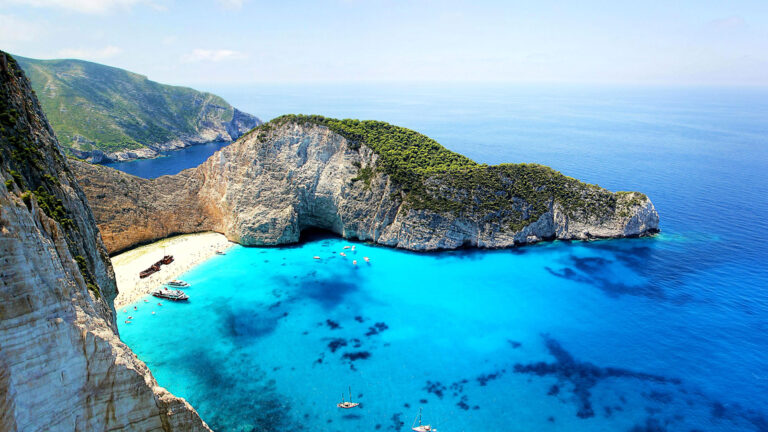
If you need a freelance travel writer or you would like to see your country, city, flight, etc., presented on the blog, drop me an email.
Find our more on Freelance Travel Writer page.
There are some interesting facts about Cappadocia history I just loved. If you are also a history buff, you’ll share the feeling. We will continue strolling around Cappadocia and I will tell you about it on the way.
So, the first glimpse of those incredible natural formations overwhelmed me after roughly 40 kilometers from the caravanserai. That coffee break was perfectly timed, giving us the energy to take in this amazing phenomenon with our mouths agape. What a sight!
As we soak in the breathtaking view of this valley, I can’t help but reflect on Cappadocia’s rich history. Just recently, I was reading about the invasions during the Hittite and Persian eras. We passed through the settlement of Niğde (“Nowhere” in Serbian, as mentioned in the anecdotes from Nigde Turkey) on our way into the valley, but now we truly realize we’ve arrived at one of the most unique places in the world.
The name Cappadocia was given by the Greeks, and in ancient times, it referred to a vast territory in Asia Minor.

In Herodotus’ era, the people of this region occupied the lands stretching from the Taurus Mountains to the Black Sea. The Euphrates River formed Cappadocia’s eastern boundary, while its western edge was defined by the great salty lakes of Asia Minor.
Cappadocia is first mentioned in the 6th century BC, during the reign of two Persian emperors—Darius the Great and Xerxes I. The Persian name for the region, Katpatuka, means “the land of beautiful horses.” However, it’s widely believed that the name has Greek origins, not Persian.
Under Persian rule, the region was divided. One part bordered the Black Sea, while the rest of Cappadocia, in Hellenistic times, became an independent kingdom with Mazaka (modern-day Kayseri) as its capital in the 2nd century BC.

Today, it’s well known that this area played a crucial role for Cappadocia history during the late Bronze Age as the heart of the Hittite Empire, with their capital, Hattusa, located here.
Despite being under Persian dominion, Cappadocia retained a degree of independence and had its own rulers. Ariarathes I, for instance, was the independent king of Cappadocia when Alexander the Great conquered Persia. After Alexander’s death, his successors executed Ariarathes, but his son soon reclaimed power.
One of Ariarathes’ later descendants, Ariarathes IV, first came into contact with Rome as an adversary but later allied with them against the Macedonian king Perseus. Cappadocia then assisted the Romans in securing the throne of Pergamon, which later became the Roman province of Asia.

Roman authority in Asia Minor, including Cappadocia, was firmly established following Pompey’s visit in 63 BC. Drawn into Roman civil conflicts, Cappadocia sided with Pompey against Caesar and later with Mark Antony against Octavian Augustus. In 17 BC, Emperor Tiberius transformed Cappadocia into a Roman province, ending its independence.
However, this region holds perhaps the greatest significance for Orthodox Christians, who have inhabited it for nearly two millennia.
I put down my book, feeling even more awe-struck by the Cappadocia history and wonder of the place I’ve finally arrived at… Fascinating!
Next: BIRTHPLACE OF SAINT GEORGE
The full Cappadocia SERIES
PIN IT FOR LATER:
If you need a freelance travel writer or you would like to see your country, city, flight, etc., presented on the blog, drop me an email.
Find our more on Freelance Travel Writer page.
I am looking forward to working with you.




© 2024 Glimpses. All rights reserved. No part of the site may be copied or reproduced without written permission. Web Design & SEO Services – Lavit Solutions.